During the lead up to Oppenheimer‘s release, a lot of audiences and Christopher Nolan fans had certain expectations about the film. A biopic about the most important man in history, by one of the greatest directors of the 21st Century, and featuring one of the best ensemble casts in recent memory gives audiences a lot to anticipate. Then the film released and was labelled a masterpiece (a flawed masterpiece but a masterpiece nonetheless), meeting audience’s expectations and then some. However, one thing a lot of audiences weren’t expecting from Oppenheimer was the frequent, almost relentless sense of tension that casts a suspenseful shadow over the entire movie.
There are two levels of tension in Oppenheimer. The first, which hits from the moment the film starts, reflects Robert J. Oppenheimer (Cillian Murphy)’s fractured psyche, later turning into guilt. Nolan stated in an interview with Sky Arts that Robert Oppenheimer lived with a constant fear that one of his discoveries would destroy him, and wanted to subtly reflect this without directly addressing it. The second, which lasts for the first two hours of the film, reflects the growing tensions and time pressure of the Manhattan Project as the ‘American’ scientists – led by Oppenheimer – are in a constant race with the Nazi’s to develop atomic weapons.
The shot compositions and visual effects are the most obvious means Nolan uses to communicate these tensions. Whenever audiences are given a glimpse inside Oppenheimer’s mind, Nolan opts for close up shots which cut off the subjects scalp and neck, making the audience feel suffocated. Nolan also layers some shots on top of each other to produce a hallucinogenic image, with the most obvious example being the water ripples seen on top of the table, which is a recurring shot in the film. Given Nolan’s propensity to shoot on film, the shots give the impression of a double exposure (where two or more images are superimposed to create a single, combinatory image). The unnatural appearance of such images also creates a slight visual discomfort for audiences. While these two effects may seem minor, and fairly obvious, they only scratch the surface of how Nolan imposes and maintains tension throughout Oppenheimer.

The soundtrack potentially plays the largest role in the creation and maintenance of tension in Oppenheimer. Composed by Ludwig Göransson (who previously worked with Nolan on Tenet, as well as other smash-hits like The Mandalorian), the scores utilise Shepard Tone, an illusion which makes a piece of music feel like it is endlessly rising or falling. Nolan has used this effect many times, both, in his scores, like that of The Dark Knight, and as the central device around which his narratives are built, like with Dunkirk. When played on the violin, the soundtrack’s key instrument, the effect allows the score to feel unending during colossal segments during the film. This seemingly unending soundtrack overwhelms the audience, not giving them a moment to breath which, when accompanied with the visual stimuli mentioned previously, applies tension throughout the entire movie.
Oppenheimer also utilises one method of building tension that is rarely seen in Nolan’s films… jump scares. These do not come in the typical form, like those found in horror movies where music builds tension as the camera holds on an empty corridor until a visual and audible crash (usually in the form of a scary monster lurching out) make the audience instinctively flinch. Instead, Nolan’s jump scares are purely auditory and actually follow visual scenes of calm, and gorgeous visual spectacle. The crowning example of these types of jump scares is found in the bomb test scene. As the test explosive detonates, audiences expect theatres to rumble with the sound of an atomic explosion. However, the only reaction is a bright flash seen on the face of Oppenheimer. There are then nine uninterrupted seconds of pure silence and bliss as Oppenheimer’s lips begin to crease into a relieved smile. Finally, BOOM. The crack blasts through speakers like a whip, promptly cutting off the blissful image with violence personified through noise. This sudden cut from serenity to action leaves audiences feeling uneasy, knowing that it could then happen at any moment. There aren’t many jumps like this in Oppenheimer but the few that exist leave the audience feeling frequently anxious, creating an exhausted feeling – similar to how Midsommar utilises exhaustion to create horror – adding to the tension.

While many consider Nolan to be a true master of cinema, Oppenheimer proves that Nolan can still learn and grow as a director. If there’s one thing Nolan is known for, it’s his disdain for unnecessary CGI, with the director going so far as to drop a plane around his actors in the sky for The Dark Knight Rises, build a revolving corridor for Inception, and destroying an entire Boeing 747 aircraft for Tenet. This reputation has followed him throughout the pre-release press for Oppenheimer, and Nolan has utilised it as a tool with which to build suspense during first viewings of the film. Any information surrounding the bomb test was kept tight to Nolan’s chest right up until the premiere screenings, with the only piece of information given away stating that Nolan did not use CGI for the atomic explosion. The mystery and anticipation surrounding this expectedly excited audiences, but, in the same vein it also added to the film’s tension upon first viewings. How would Nolan reproduce such a devastating and violent explosion on the big screen without actually dropping an atomic bomb. The anticipation quickly turned to suspense and tension as the film progressed, subtly adding to the already tense cinematic experience.

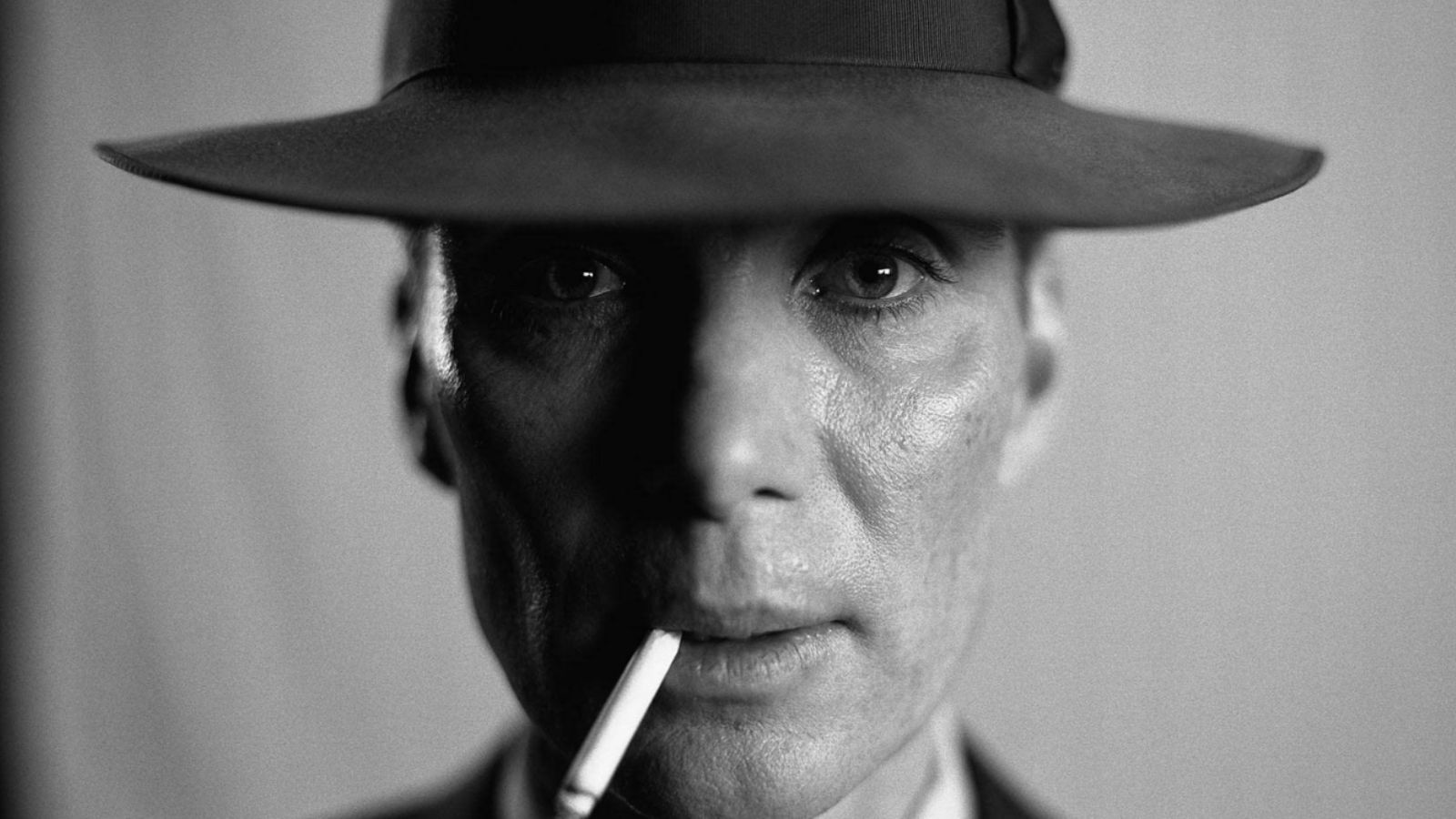











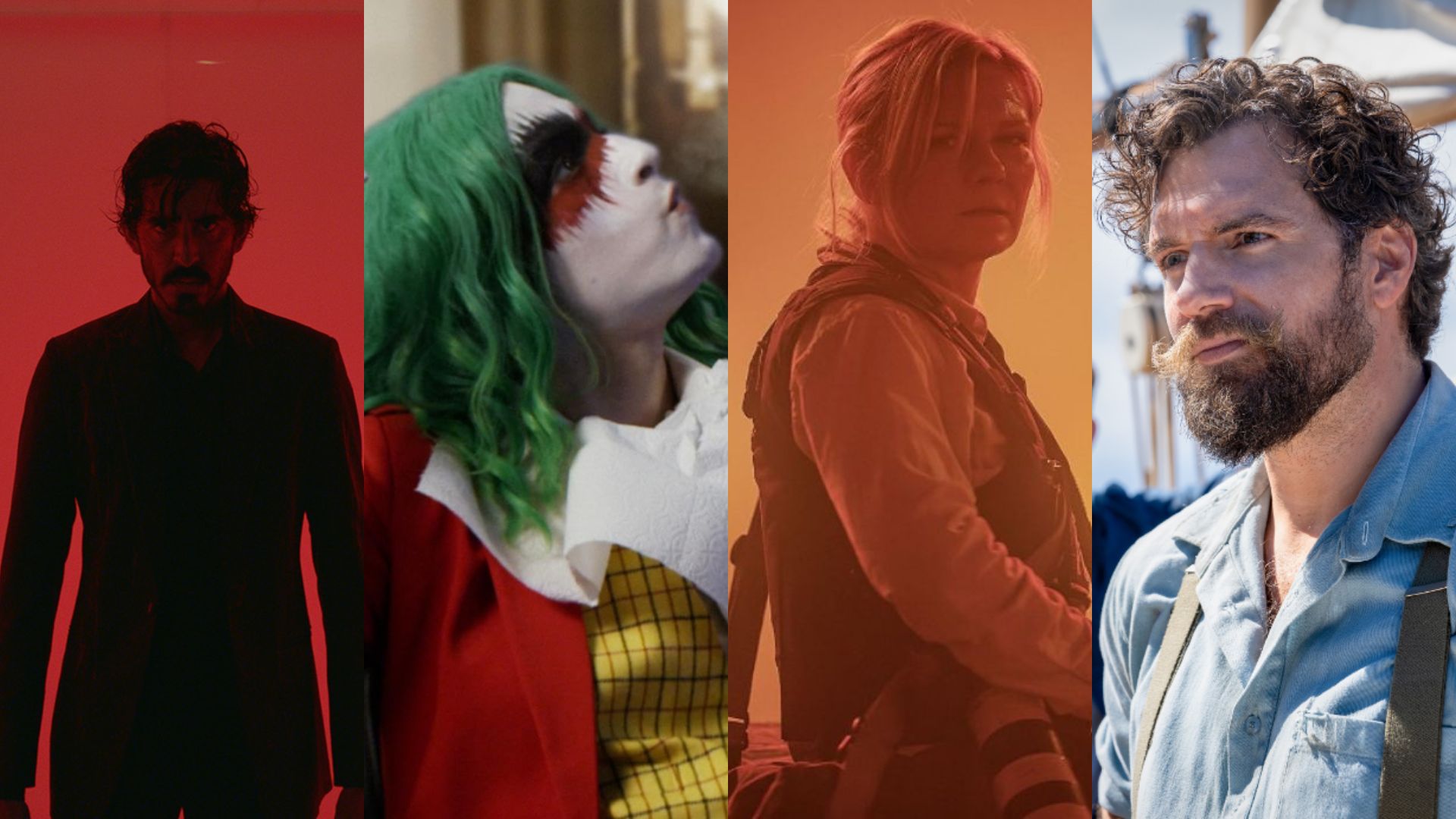


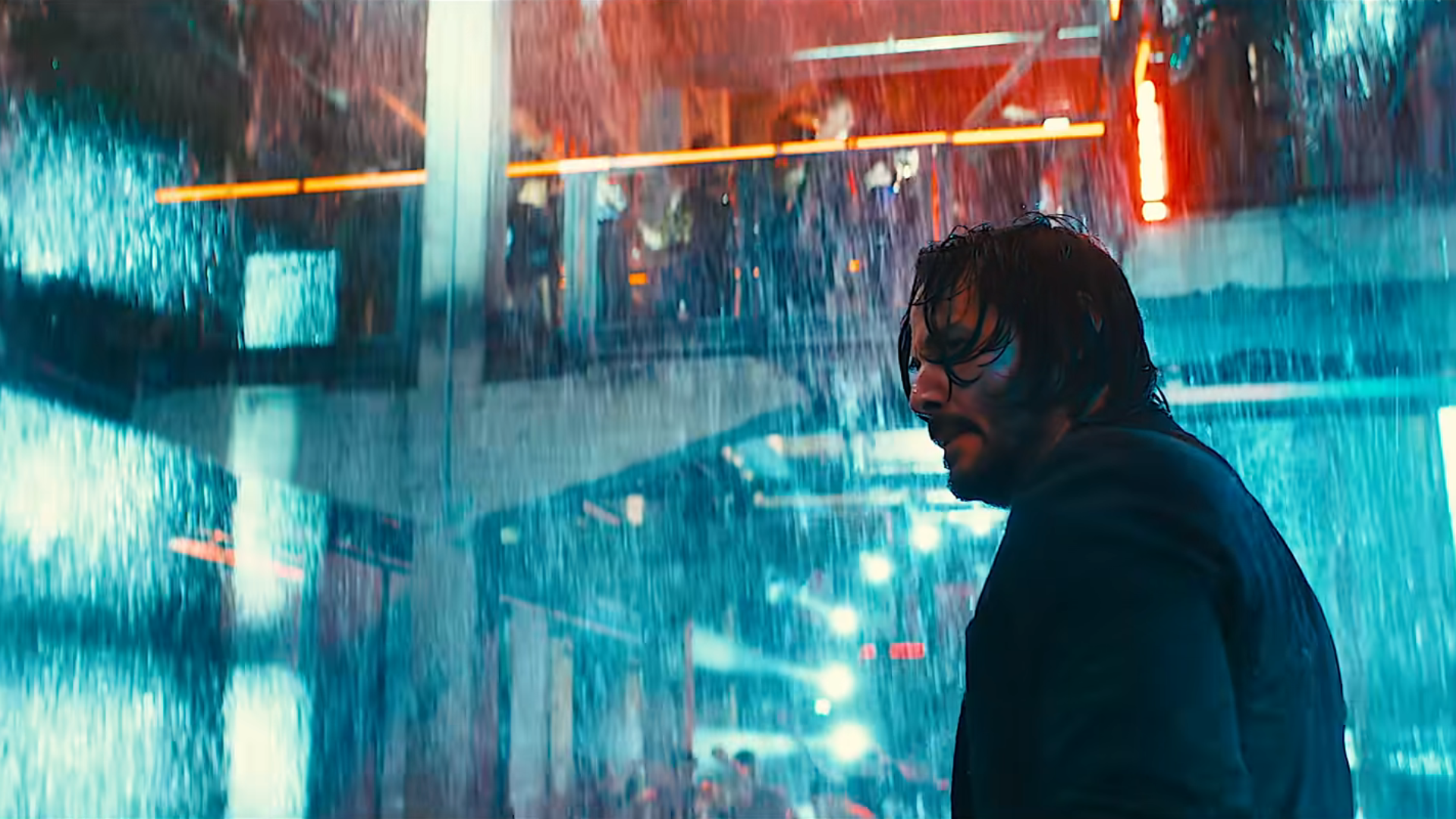


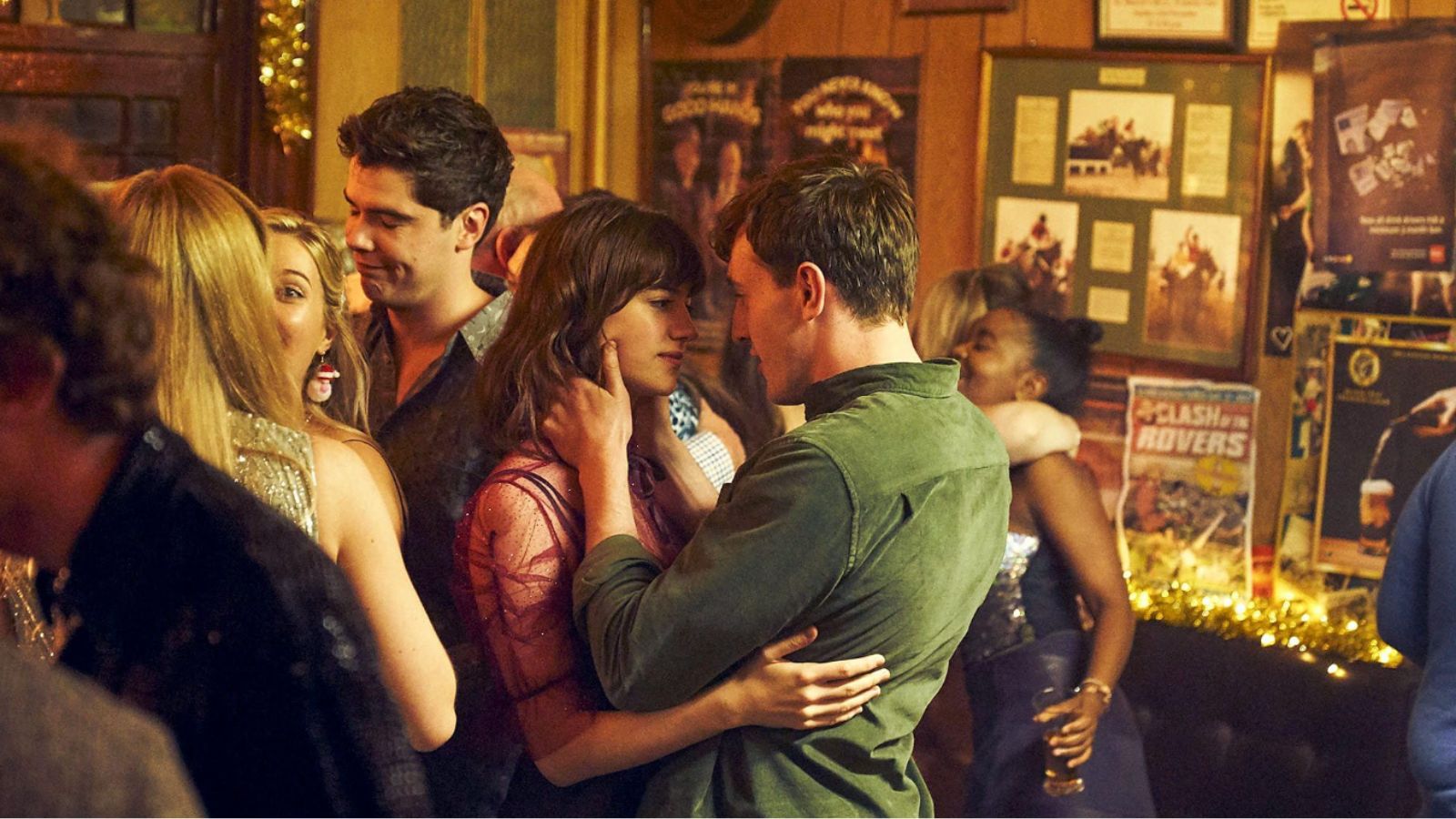

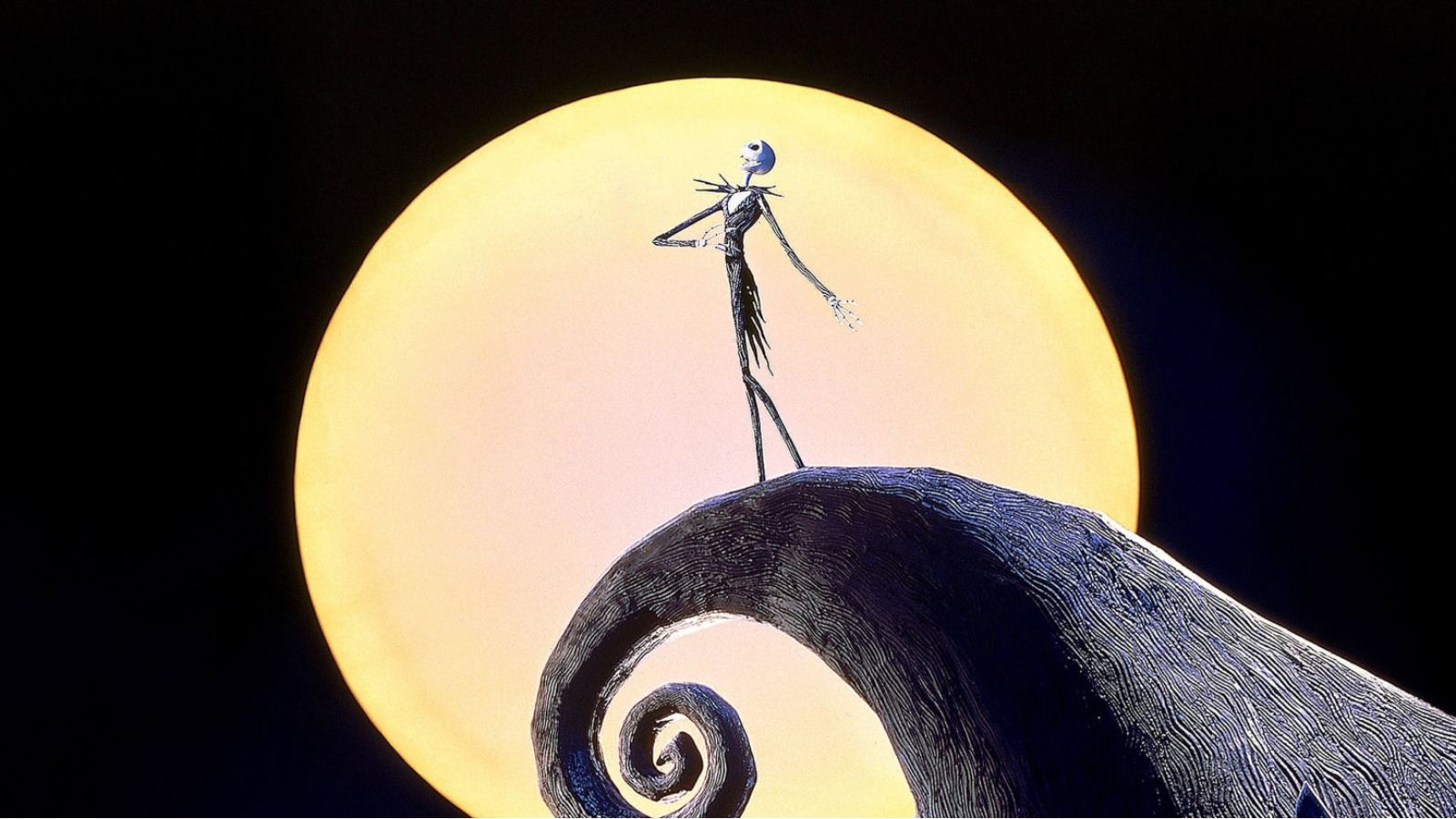



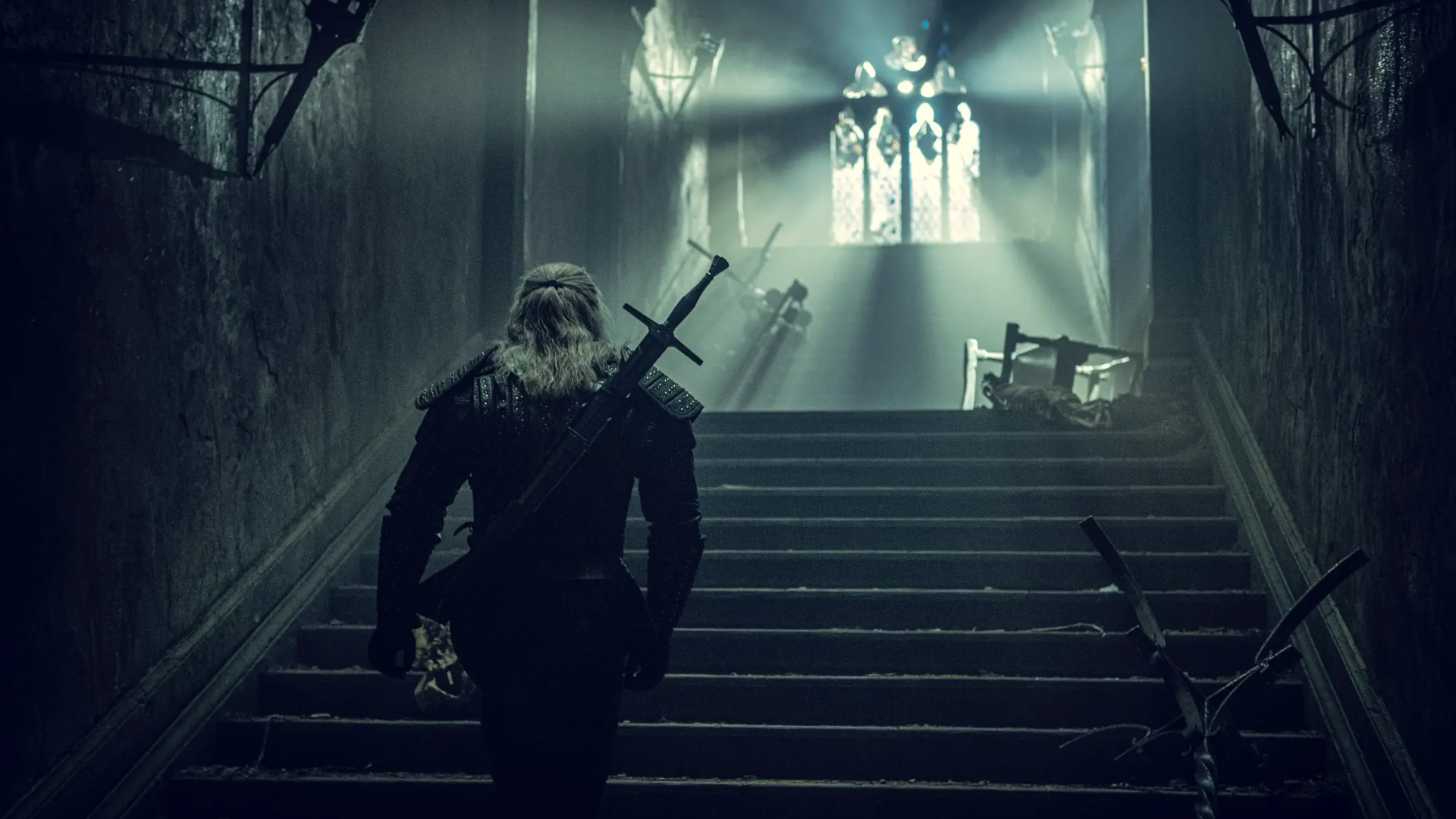


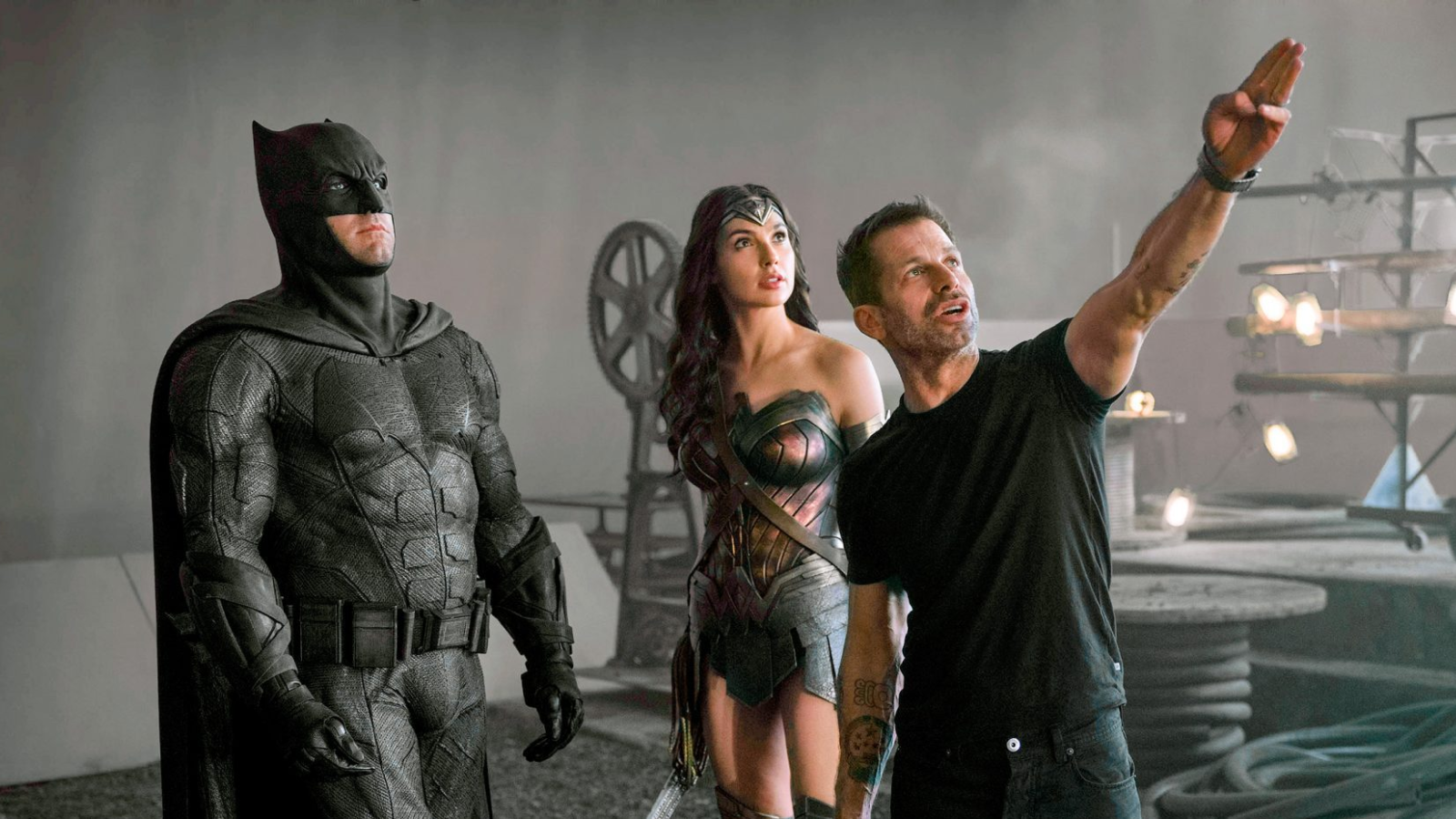


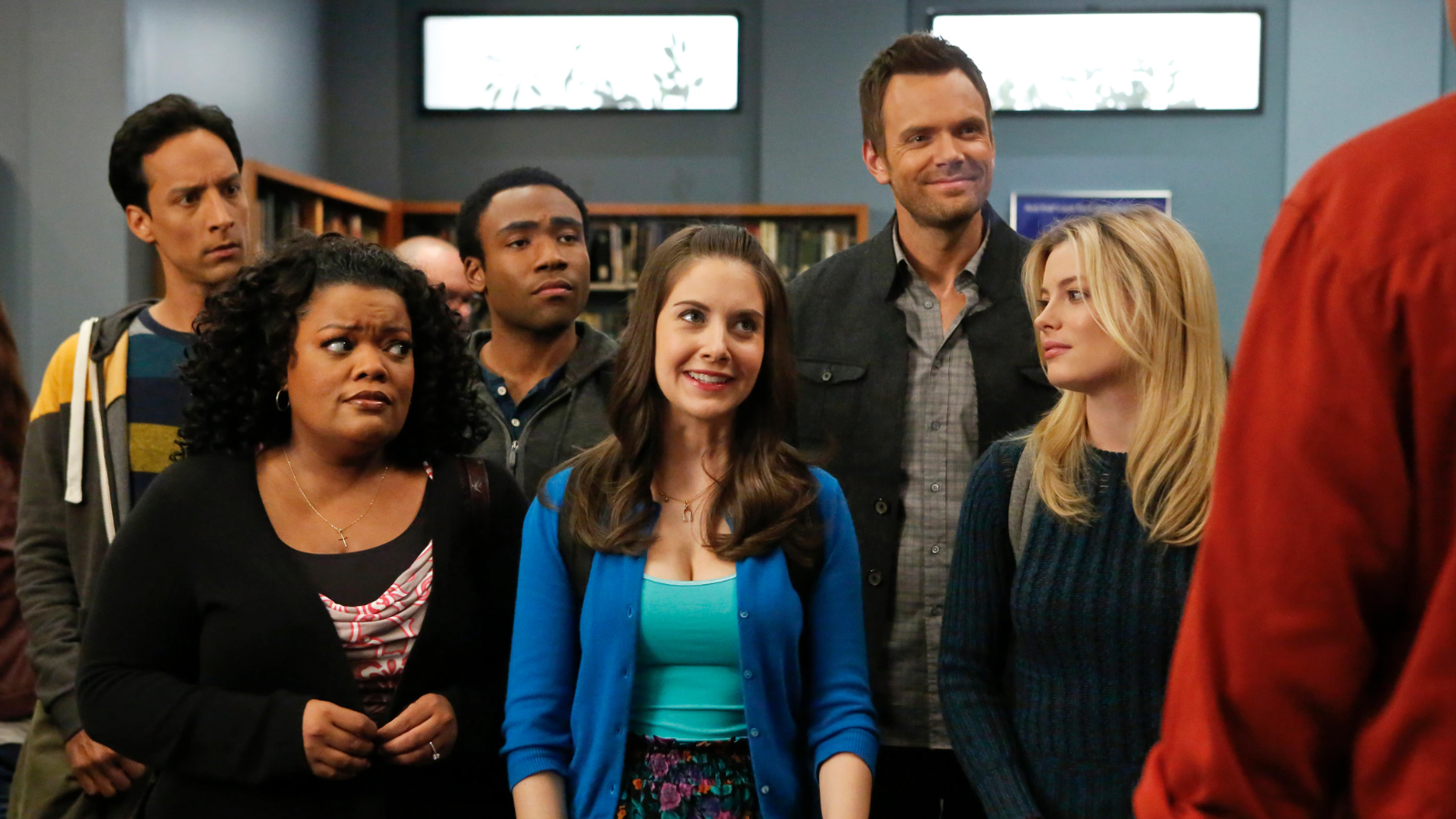





Leave a comment